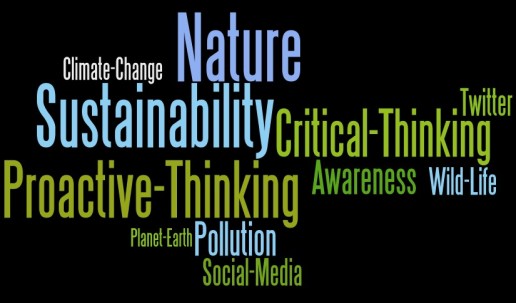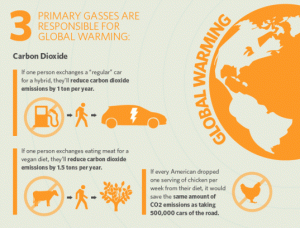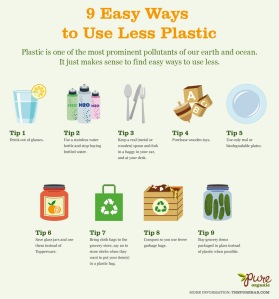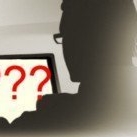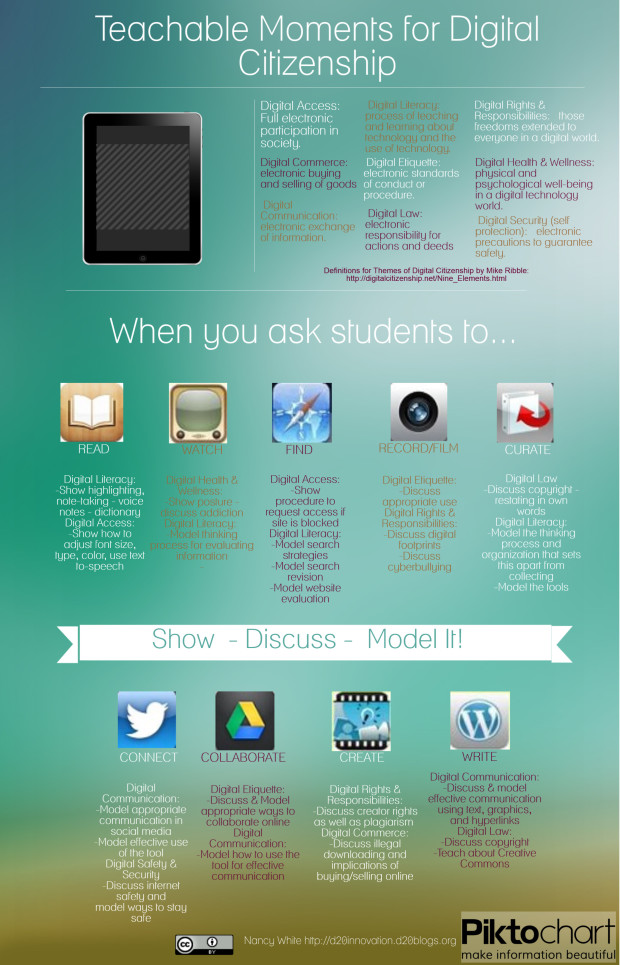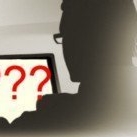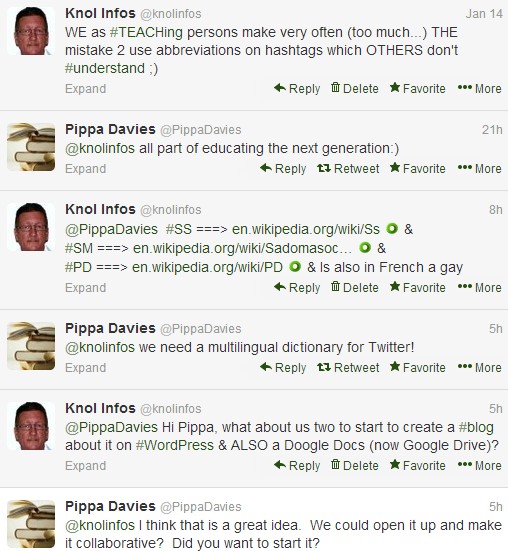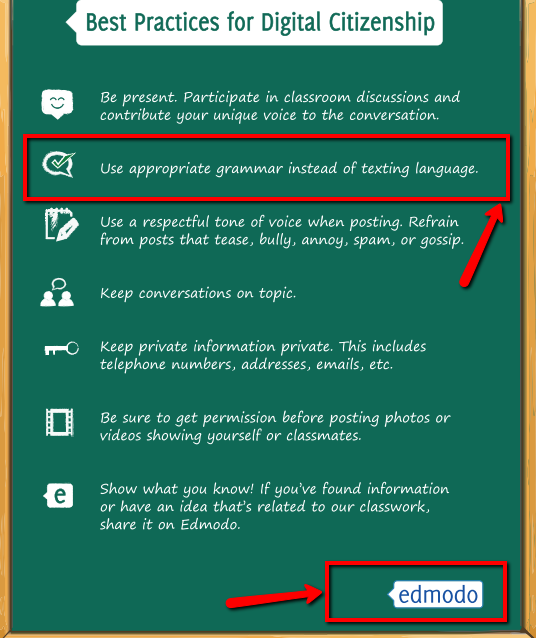
..
.
.
.
.
..
Preparing our children for a better world
![]() Most teachers accept that Climate Change is a reality. All around us we see extreme and unpredictable weather events occurring and the devastation they bring to our people and fellow creatures on our beautiful planet. I was born in the 1950’s and never thought I would live to see the day when so many iconic animals would be on the verge of extinction. I rue the day that the only place future generations will see Elephants, Rhinos and Lions will be in a zoo! Yet it seems as I write that this may well come to pass unless we take positive action to protect our environment on a global level.
Most teachers accept that Climate Change is a reality. All around us we see extreme and unpredictable weather events occurring and the devastation they bring to our people and fellow creatures on our beautiful planet. I was born in the 1950’s and never thought I would live to see the day when so many iconic animals would be on the verge of extinction. I rue the day that the only place future generations will see Elephants, Rhinos and Lions will be in a zoo! Yet it seems as I write that this may well come to pass unless we take positive action to protect our environment on a global level.
As educators I believe the most critical issue of our time is sustainability. It is our duty to help prepare our students for what may well be the fight of their lives to save the planet and our precious wildlife. The human population is now over 7 billion worldwide and we all need shelter and food. Food security will become an increasingly pressing issue, as will the availability of clean water for our crops and consumption. Realistically, we cannot ignore the fact that fundamental resources are becoming increasingly scarce. Hence we must arm our students with the knowledge and passion to live in a sustainable and less consumer driven way.
 Increasingly in Australian schools I see teachers setting up vegetable gardens and chicken runs, in order to foster in our children an understanding of how to produce their own food in a sustainable and humane way. We also need to make our students aware of where the food in the big supermarket chains come from and how they are produced. More than ever before our mainstream food is full of pesticides and is genetically engineered. The meat we eat comes from unsustainable factory farms, which are not only inhumane but also highly polluting. When we talk about carbon and pollution, our children and we ourselves, should be aware that livestock production in it’s current numbers is one of the biggest contributors to destroying our planet.
Increasingly in Australian schools I see teachers setting up vegetable gardens and chicken runs, in order to foster in our children an understanding of how to produce their own food in a sustainable and humane way. We also need to make our students aware of where the food in the big supermarket chains come from and how they are produced. More than ever before our mainstream food is full of pesticides and is genetically engineered. The meat we eat comes from unsustainable factory farms, which are not only inhumane but also highly polluting. When we talk about carbon and pollution, our children and we ourselves, should be aware that livestock production in it’s current numbers is one of the biggest contributors to destroying our planet.
I note a growing awareness in my global social media connections, that to eat meat on such a massive scale as we have become accustomed to, is simply ecocide. For example, did you know that every half kilo of beef we produce takes 6,810 litres of water, 3 kilos of grain (plus irrigation), 16.4 kilos of roughage for feed (plus irrigation), and an addition 70 litres of water for drinking and processing! This is staggering and we need to start to seriously question our diet in the light of these figures, or else face the consequence of being unable to feed our burgeoning population. Here is an excellent National Geographic post with an interactive diagram of just how much water different types of livestock consume:
National Geographic is a very credible source information and this particular site is full of useful information for teaching sustainability issues. The following infographic makes it clear that reducing the animal protein we consume will make an enormous contribution to the health of the planet.
.
Plastic is another terrible polluter and is destroying our oceans, which are the very lungs of the Earth itself. Birds, marine mammals and fish are full of plastic. Creatures are often caught in plastic garbage and die slow, torturous deaths. This is a sad fact, but in reality it is an easy problem to fix. Don’t use plastic bags and don’t use plastic bottles for your water. When I was a child we took string bags to the shops for our groceries and water never came in plastic bottles. We used glass bottles for our drinks.
.
.As teachers we are in a unique position to help the next generation to protect our planet and we become like a pebble dropped in the ocean, with the ripples of awareness spreading far and wide.
We teach so many students our potential sphere of influence is enormous. Our access to social media makes it possible now to spread awareness all over the globe and connect to others we can exchange information with instantaneously.
Twitter has become an exceptional tool for spreading news and finding out facts the mainstream media do not cover. Hence teaching students to use social media and twitter properly is also vital. Just consider some of the recent uprisings and environmental disasters.
.
The first news of these came out on Twitter; we have never had such a powerful tool to connect globally and unite against corporate greed and keep Earth and it’s creatures alive and healthy.
My plea to educators is to make the effort to connect with not only other teachers, but also to groups who are dedicated to saving our planet for future generations. We can take advantage of technology such as Skype to have live sessions with scientists and conservationists to further assist our students to cope with the challenging times ahead of them.
.
===> WE ALL need to learn about “Critical-Thinking” and “Proactive-Thinking” to understand THE importance of “Sustainability“!!! <===
Image Sources:
1. http://thepurebar.com/blog/2011/02/15/9-easy-ways-to-use-less-plastic-infographic/
.
.
